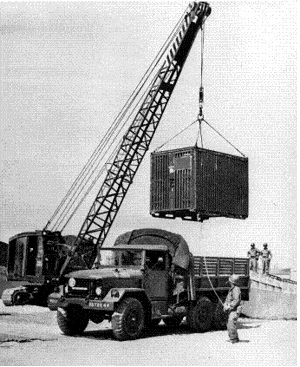Is A Conex Box The Same Thing As A Storage Container?
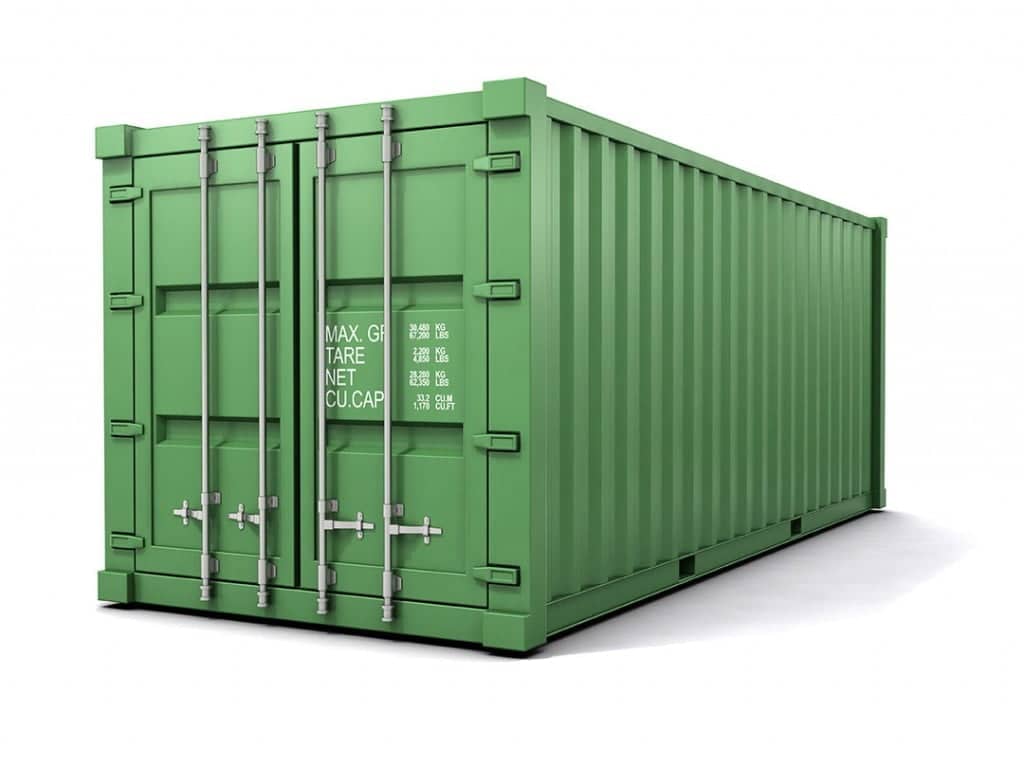
Conex boxes and shipping containers may look the same. Both of these storage container types are made of aluminum and standardized steel, but they do vary in function.
What is a Conex Box?
The idea for a Conex box was first revealed during the Korean War. Malcom McLean would reinvent the intermodal storage container. The military needed to find a way to transport and store supplies during the Vietnam and Korean wars.
In 1948 the U.S. Army Transportation Corps needed to create a way to ship goods to ports without the risk of breakage and pilferage. The Corps would develop what was known as the “Transporter.” The “Transporter” is a type of steel container that was able to hold 9,000 pounds, had double doors and would be mounted on skids.
Lifting rings on the corners of the container allowed for the goods to be lifted with a crane.
Containers spanned 8’6” L x 6’3” W x 6’10” H. Transporters were very successful, and they would lead to the development of the Container Express, or Conex box system, which was developed in 1952.
When the Conex was developed, it maintained two main features from the Transporter:
- Size
- Capacity
The size and capacity of the transporter was fine, but the Conex was made to have a modular design.
Smaller units were created that were 6’3” L x 4’3” W and 6’10.5” H. The modular design allowed for these smaller boxes to be stacked three high.
Conex boxes became a very popular option in the military, with the military manufacturing over 100,000 of them by 1965 and an additional 100,000 for the Vietnam war.
Conex containers would eventually have their size increased, with the average size being 20’ and 40.’ However, you may find varying size containers.
Conex Storage Container Sizing

Manufactured primarily in China, these containers can be shipped to ports across the world. Large, 20-foot containers are the most common followed by 40-foot models and the much smaller 10-foot models.
Width and height are standard at 8’ W and 8’6” H. A rising demand for “high cubes” has also led to a new container height of 9’6,” which is just a foot taller than its predecessor, yet it’s still high enough for larger goods.
Interior space is impressive, with the following interior space sizes for each container:
- 10-foot containers have a 75 sq. ft. interior space
- 20-foot containers have a 150 sq. ft. interior space
- 20-foot (High cube) containers have a 150 sq. ft. interior space
- 40-foot containers have a 300 sq. ft. interior space
- 40-foot (High cube) containers have a 300 sq. ft. interior space
Weight ranges from 2,850 pounds for the smallest container to 8,775 for the larger container. Door openings will be 7’8” x 7’5” for most containers, with the high cube models having doors that are slightly larger at 7’8” x 8’5.5”.
What’s special about the Conex box is that they would go on to become ISO containers, meaning that they meet the standards of the International Standards Organization (ISO).
The ISO designation and the intermodal design allows for these containers to be transported using various transport means without loading and reloading, including:
- Ship
- Truck
- Rail
The contents of the Conex container, as long as they’re properly secured, will be able to be placed on numerous types of transport without concern that the contents will break or become damaged.
Conex Container Pricing
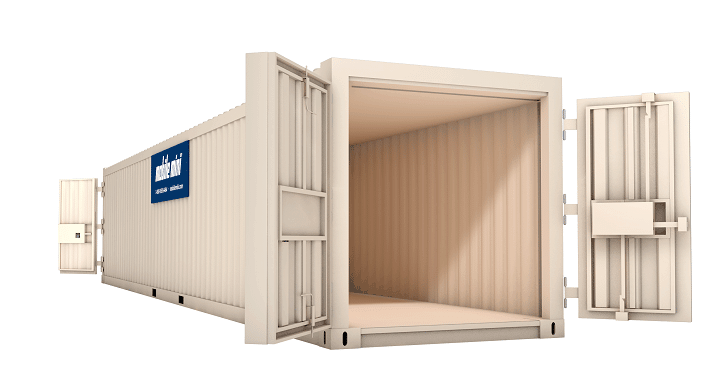
Pricing for Conex containers varies due to manufacturing location and how they’re sold.
There are containers that are:
- One-trip containers that are used for one trip across the ocean and are slightly used with very little wear and tear
- Used containers, which are shipped more than once and may have more wear and tear
You’ll pay less for a used Conex box, which may have been used multiple times in the past. One-trip containers suffer the least wear and tear, so they’re often the container type that people choose.
Sellers of Conex boxes will often perform a rigorous inspection process that ensures that the container is still up to standards and meets strict quality control guidelines. It’s important when purchasing a Conex box to know that the seller inspects every box for quality and structural integrity.
Pricing will also be determined by other factors, including:
- Size
- Manufacturer
- Age
- Modifications
Larger boxes or those with modifications will sell for more than an older or smaller box. Modifications can have a hefty impact in price, with some modifications including windows, doors and climate control options.
When looking for companies that are known for selling Conex boxes, we can across one commonality: most companies request quotes. The quotes will allow you to plug in the type and condition of the box that you want, and provide you with a variety of options to choose from.
You can find some models on eBay and other sites that are selling for $4,000 – $5,000, the majority of these models have been refurbished but you can get some great deals.
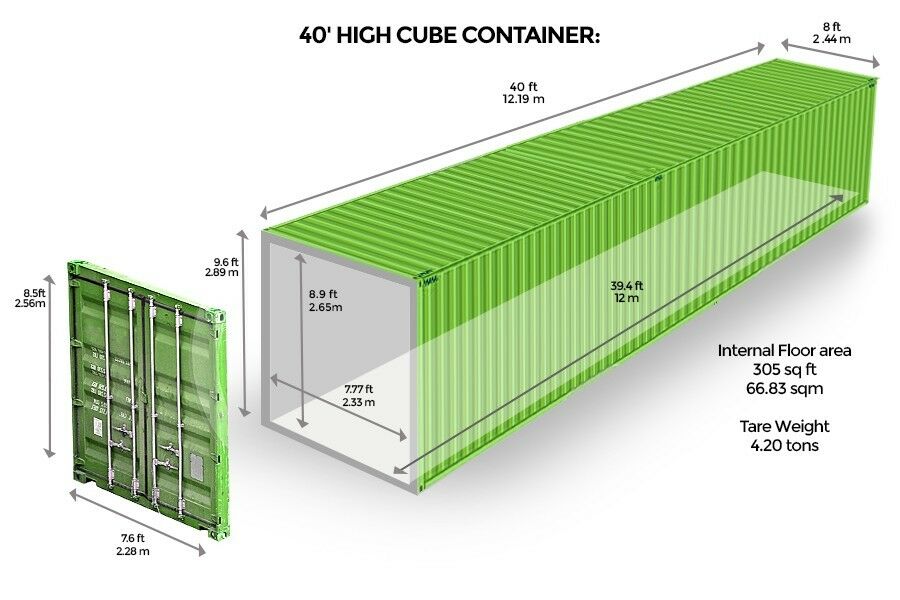
As an eBay Partner, we may be compensated if you make a purchase.
If you want to ensure the integrity of the container, it’s best to purchase from a company that specializes in Conex boxes.
What are Consumers Doing With Conex Boxes?
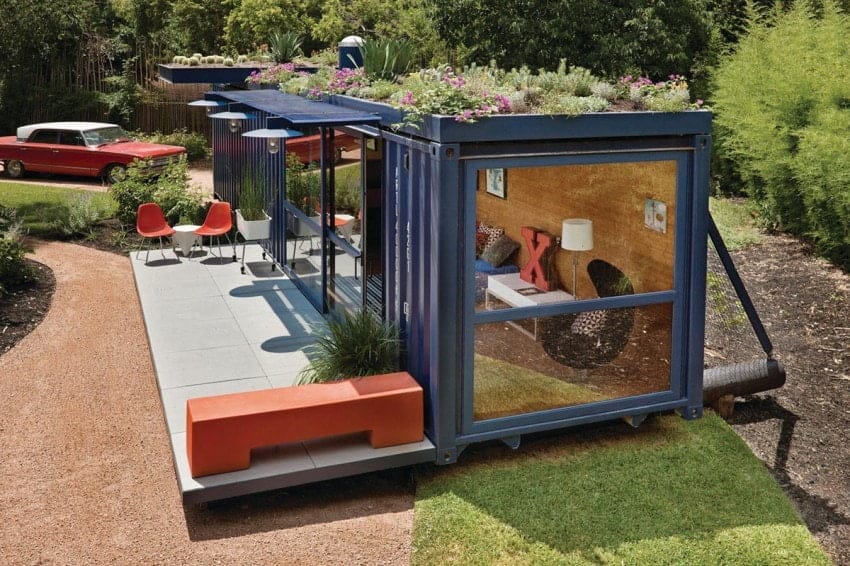
Consumers can still use conex boxes for shipping, but in most cases, they’re using these weather tight boxes for other projects.
A few of the many projects that are ideal for Conex boxes or shipping containers are:
- Homes are being built with conex boxes because of their modular design.
- Schools are being built to provide extra classrooms in developing nations.
- Offices are being erected at a low price point.
- Workshops and storage units are great options.
- Studios and art galleries are being erected.
- Pools are being made.
- Saunas are being installed inside of conex boxes.
We’ve also seen large scale usage of shipping containers and Conex boxes for:
- Restaurants
- Theaters
- Student housing
- Urban centers
- Garages
- Nurseries and indoor gardens
The modular design of the Conex box allows it to be used for a wide variety of structures. Since the boxes are sealed well and durable, they’re being used for everything, from small, emergency hospitals to nurseries and even homes.
Shipping container homes are quite popular for use in metal homes.
Since the boxes are sealed tight, they allow for high energy efficiency and weatherproofing that can be difficult to obtain with a standard home. The price is also much lower than if building a traditional home. There are some potential drawbacks with insulating and HOA restrictions but with the right build, you can get a great modern home for less.
Conex boxes are modular, and this was their main difference compared to shipping containers.
When you purchase a Conex box, you can opt to use multiple containers to piece together a structure that is larger than a single shipping container and provides more overall design freedom without the need to cut or modify the container.
To be fair though, shipping containers are fairly modular as well so the difference is moot at this point.
Compare Shipping Container Prices & Save

